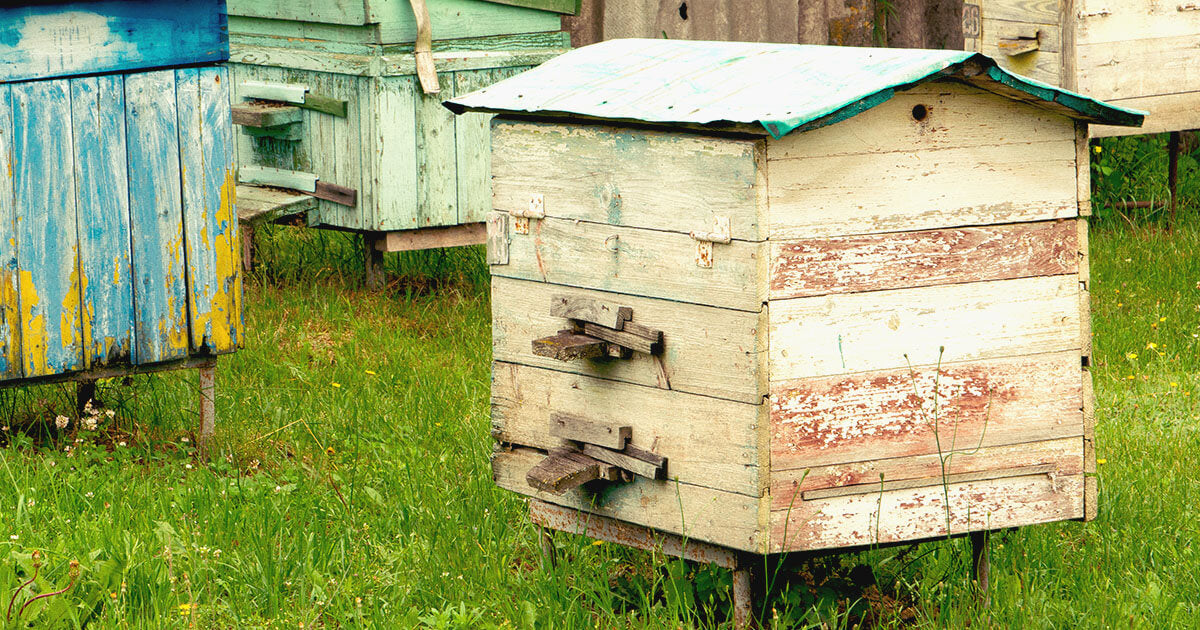The American Beekeeping Boom
Honey Facts
Every year, the team at Local Hive makes sure to celebrate National Honey Month. But this year, we’ve got something bigger in mind. Not just one month, but 400 years of honey. That’s because bees and their honey have been a crucial part of this country since way back in 1622.
It was in 1622 that the Virginia Company of London sent a colony of bees to the governor of Jamestown. The early settlers in the U.S. knew just how valuable bees could be as a source of food and pollination, so they didn’t take a chance on the wild bees that already lived in the Americas. They brought their own bees: the European honey bee, apis mellifera.
As you might expect, a bee-loaded boat voyage wasn’t easy. In the weeks-to-months-long journey, stings were all but inevitable. Partially because the bees were shipped skeps: hives made of coiled rope, allowing for some natural ventilation. But bees came over by the millions, gradually migrating westward across the continent.
Honey bees began to settle into the woods all along the East Coast, making hives in hollow trees. Colonies would occasionally swarm (abandon their hive en masse) and find a new spot up to 3 miles away. It would be 200 years before honey bees made it past Kansas, with the first sightings in the American West starting in 1843. At that rate, they might’ve reached California by Y2K.
Ultimately, it took enterprising beekeepers shipping – and carrying – bees across Panama to create a beekeeping industry in the west. Remember, there was no Panama Canal at this point. Just the 40-mile hike across the Isthmus of Panama. That’s a long walk, especially with a couple thousand bees in tow. This was followed by a treacherous sea voyage back up the coast to West Coast ports like San Francisco.
Much like today, beekeepers in colonial America had to constantly fight off pests, mites, and moths, adding tremendous risk to the difficult task of managing bees and harvesting honey. As a result, most beekeepers were not full-time. Instead, farmers treated bees like any other livestock, just like goats, steer and chickens. Properly cared for, they could be a lucrative source of honey, beeswax and mead – sure to make a farmer popular with the neighbors.
But their were economic advantages as well. Since honey could be produced locally, it was a rare kind of sweetener that didn’t need to be imported, avoiding the high sugar taxes that were a major cause of the American Revolution. In parts of the colonies, some workers were even paid in honey as part of a simplistic barter system called “country pay.”
As the American economy grew, bees became a huge source of prosperity. Honey and beeswax became candles, shoe wax, lipstick, waterproofing, furniture polish, barrels, and medicine. These small creatures had an immeasurable impact on the people and ecosystems around them, even back then. Today, they’re responsible for literally billions of dollars a year in crop and honey production, forming an essential part of agriculture from coast to coast. A lot has changed in 400 years, but one thing hasn’t: we need bees.

